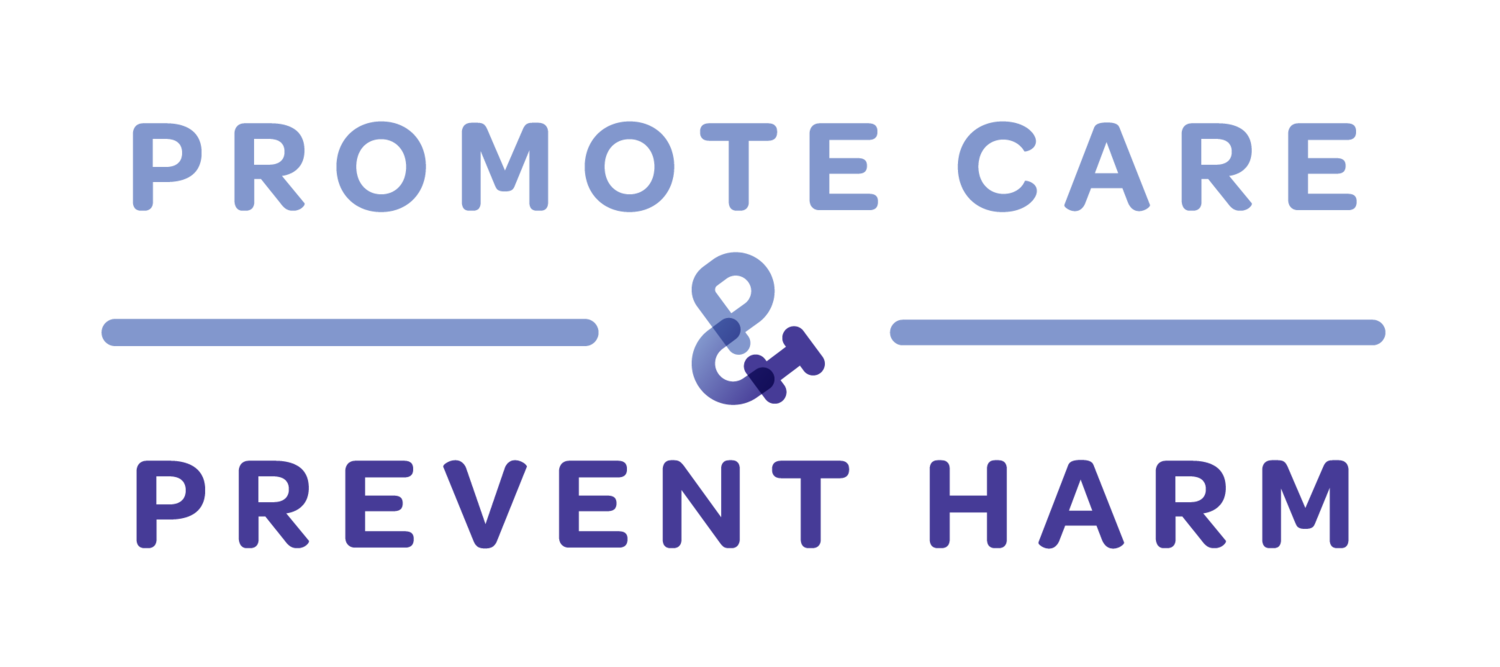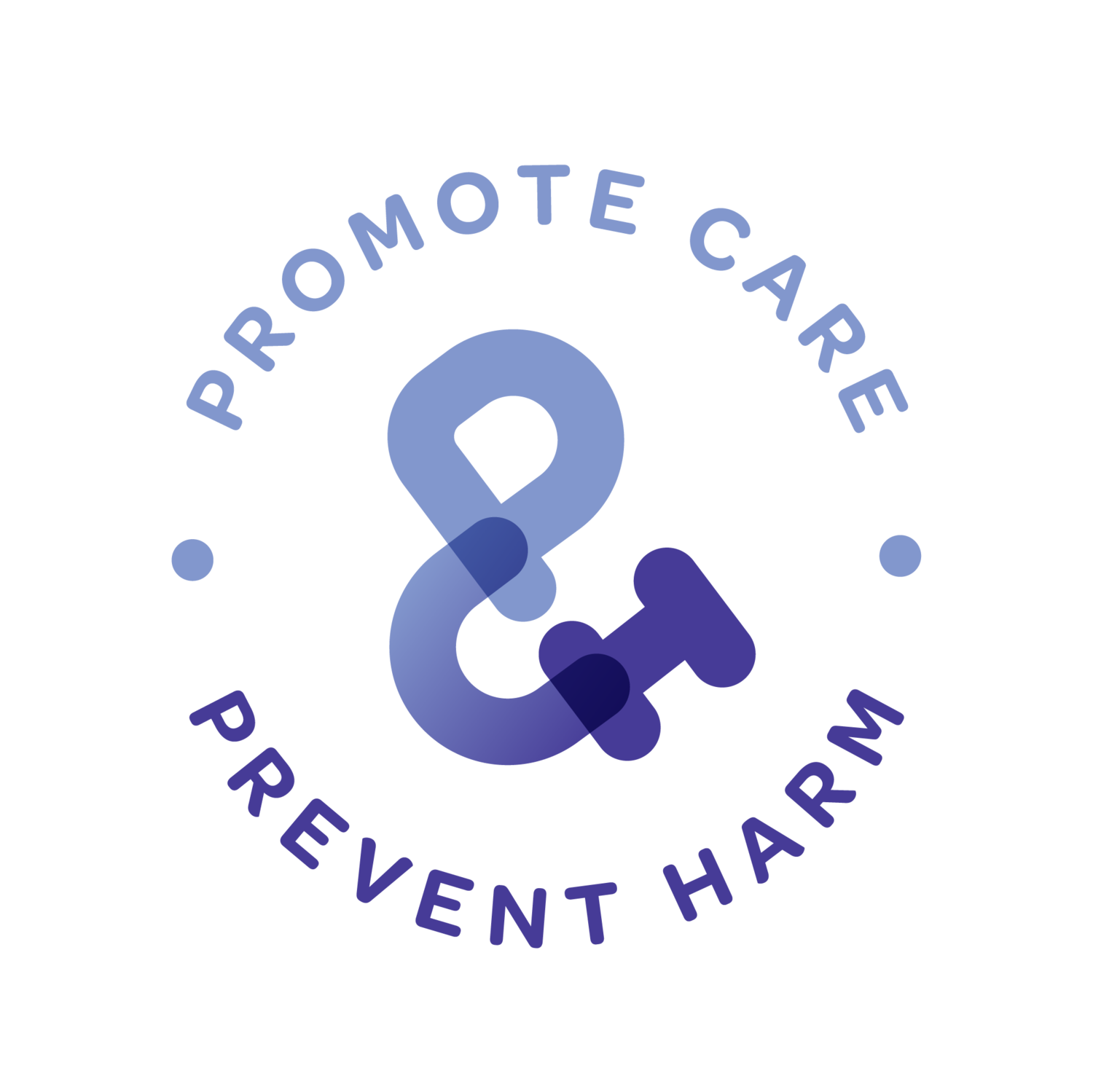Youth-Led Promotion & Prevention (YL2P)
Centering youth to change school climate problems and aspirations
4hr | Team-Based Problem-Solving | An Integrative Promotion & Prevention Approach
Overview
Students have the capacity to solve problems and envision a more aspirational school climate and community. The Youth-Led Promotion & Prevention program guides students through a simple, 5-step process for developing new strategies and implementing initiatives for positive change.
Using the Promotion & Prevention Social Change Model, participants develop youth-led strategies to address problems (e.g., mental health concerns, violence, substance use) and possibilities (e.g., mental wellness, peace, connection) in their school or community.
YL2P Program is Implemented in Six Ways
Students have big ideas to improve their school climate and communities. So what needs to change?
Students need the time, support, and team members to develop and implement promotion and prevention initiatives.
Process
Step 1
Complete the Mindsets Assessment.
Step 2
Identify promotion & prevention gaps.
Step 3
Set promotion & prevention goals.
Step 4
Create promotion & prevention strategies.
Step 5
Implement promotion & prevention strategies.
Outcomes
Introductory Outcomes
Hypothesize whether youth-led or adult-led change strategies are more effective for creating youth-focused change strategies and facilitating change in youth behaviors
Recall the 5 steps of the Promotion & Prevention Change Model
Identify a preference toward a promotive or preventive mindset
Assess Gaps
Participants will be able to…
Identify gaps between the current undesired states and future desired states related to school norms, peer behaviors, and peer feelings
Distinguish between risk and protective factors
Adapt identified risk and protective factors into short-term, moderate, and long-term outcomes within a logic model
Set Goals
Participants will be able to…
Develop promotion and prevention goals
Create holistic goals with promotion and prevention outcomes
Select Strategies
Participants will be able to…
Explains the pros and cons of universal, targeted, and indicated strategies
Match the five CSAP strategies (information dissemination, education, alternatives, environmental, and community-based process) to the outcomes and population of interest
Discuss and formulate universal, targeted, and/or indicated change strategies to achieve short-term, moderate, or long-term desired goals/outcomes.
Integrate promotion and prevention strategies into logic models
Implement Strategies
Participants will be able to…
Identify potential barriers and strengths associated with implementation
Identify ideas for creating a sense of urgency and excitement for their strategy
Identify resources and individuals need to support and execute strategies
Identify specific steps, delegate tasks to specific team members, and create a timeline to create an accountability system for implementation
Interest Form
Want to learn more about our programs?













